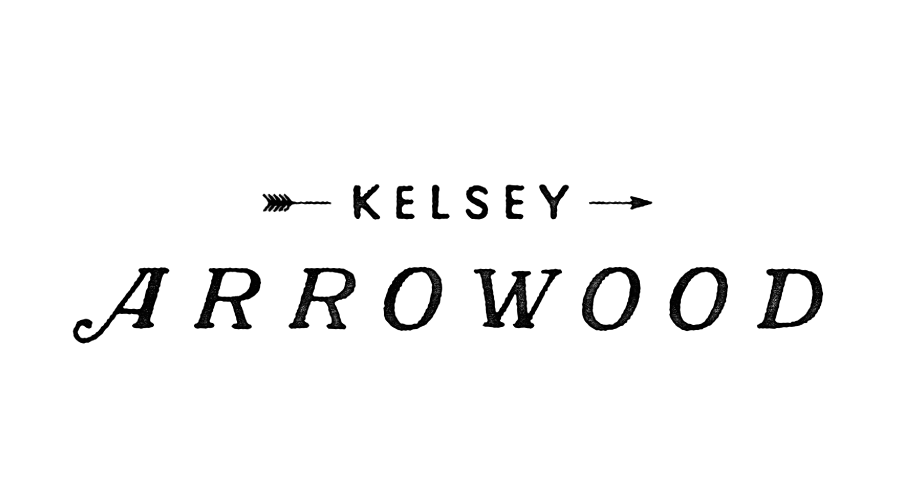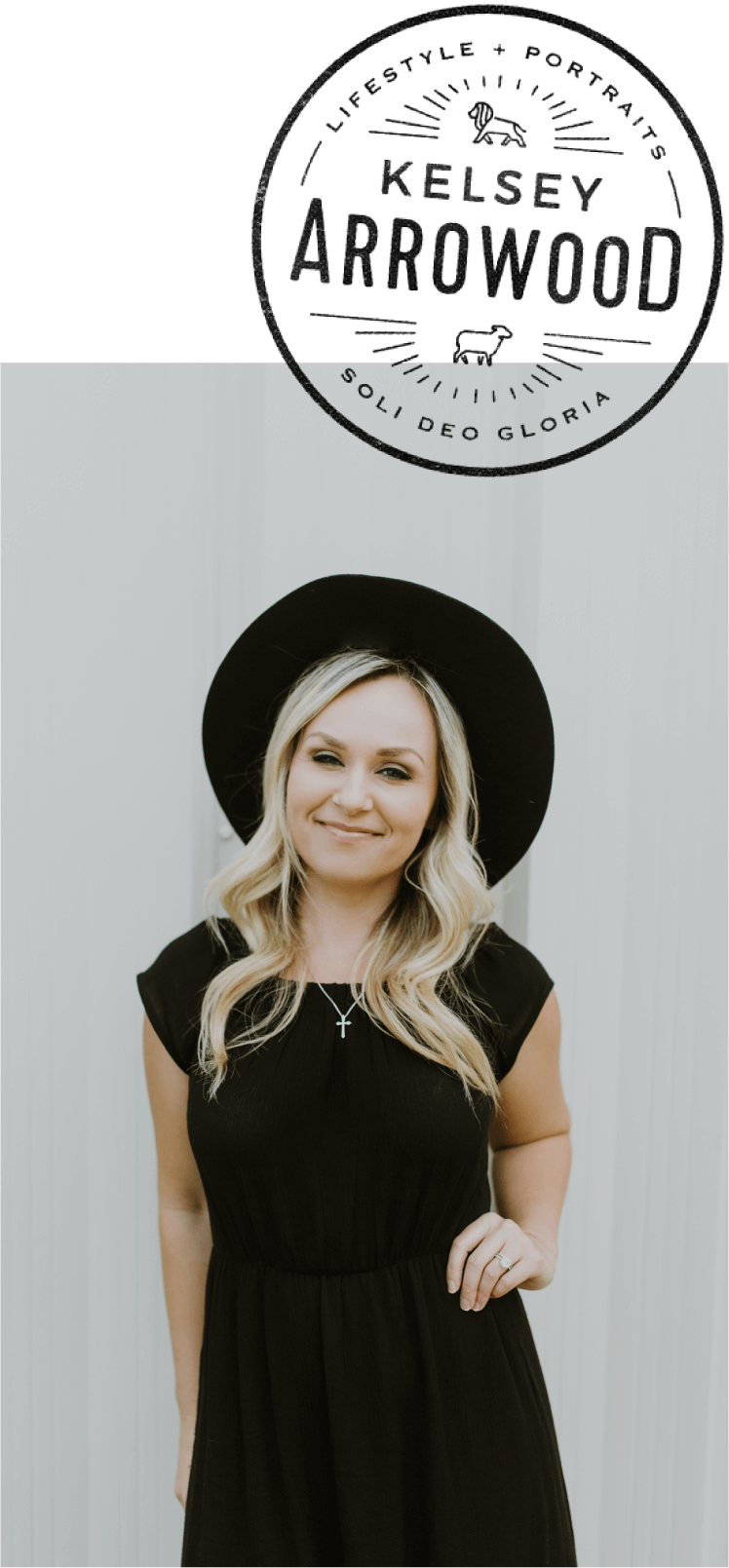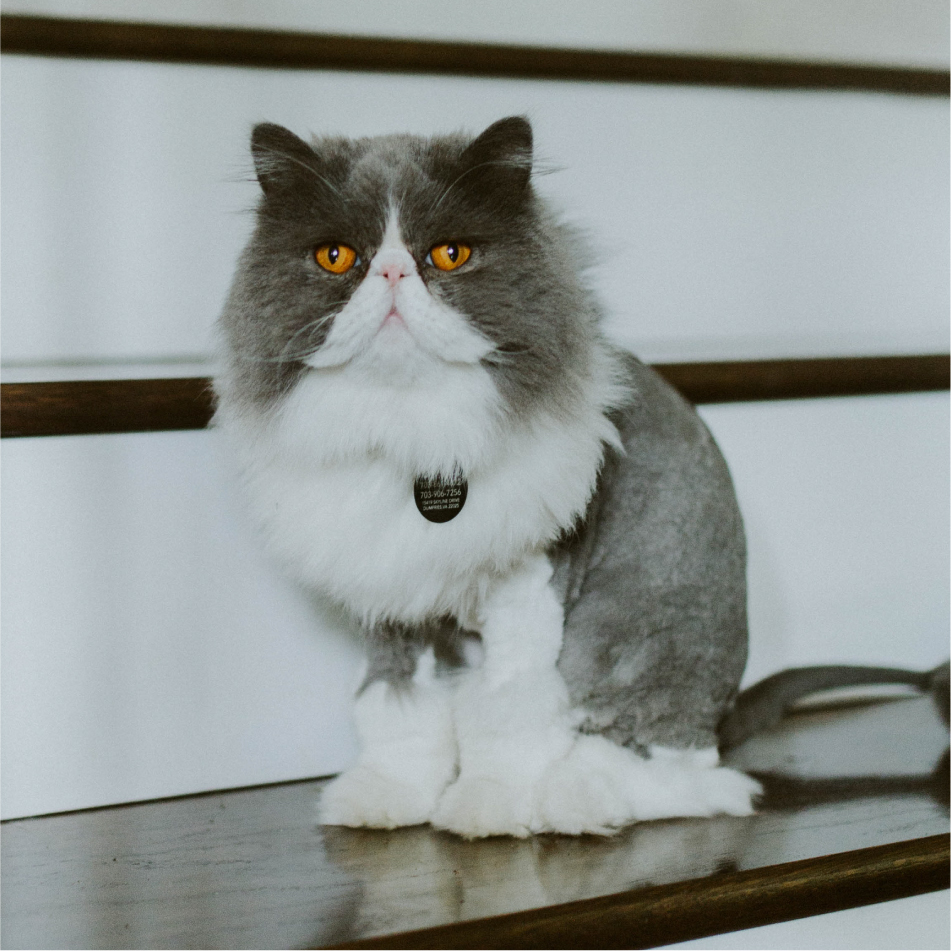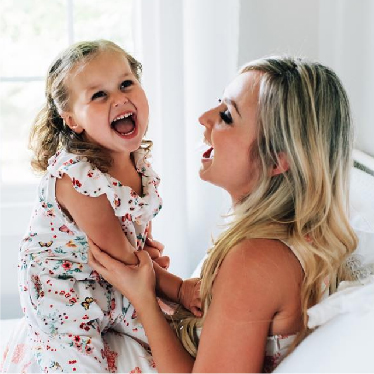Have you ever looked at an image and been captivated by what you see? Has it moved you emotionally? Intellectually? Inspired you to create? To be more? Unlike films we watch on the big screen, storytelling in photography captures and tells a story in one frame. Lets dive into aspects of storytelling in photography and tips on how to improve our own storytelling.


Thanks for being here for lesson seven: Aspects of Storytelling
There are many photographers I’ve followed for almost ten years now. The ones I’ve continued to follow and never tire of are the ones who continually blow me away by their storytelling abilities of their every day life. Not all of their photographs are mind blowing, amazing images…but they tell a story in interesting ways and make me feel something.
Why does storytelling matter?
In a world with billions of images floating around the internet…YOU are the only person who can create a story in your own way, through your eyes, experiences and point of view. Through your storytelling, you can share how you feel about something, how you see things, all the while connecting with your audience. First, you must have a story to tell. Your story can literally be anything you want it to be! You are the author of your own visual stories! What will you share?
Tips for Telling Your Story Visually
- What is your WHY? First, get specific with what it is you want to do. Answer these questions to get things hashed out. The more upfront you are with what it is you want to achieve, and why, the more likely your story will be successfully told.
- What is the story you want to tell?
- Who is your audience?
- What is your motivation for telling this story?

- What kind of story will you tell?
- Open ended story- lets the viewers past experiences create their own interpretations of the story.
- Closed ended story– doesn’t let the viewer create their own interpretation of the story. The story is what it is.
- How will you tell your story visually (what will you use, who, where, when…)? The more you plan and get these questions answered, the more likely you are to succeed at telling your story. When I go into the homes of clients who want me to document their home life, I ALWAYS have a plan. YES, I want them to be in their element and I want true and honest interactions so I can capture them, BUT I do have a PLAN on how I’m going to facilitate and bring out that story. I’ll ask, what do you guys LOVE doing together? Reading? Taking walks? And then we do that, and BAM…I’ve got real, honest, happy interactions to capture to add to that families visual STORY of that time in their life. The more specific you are in what the story is you want to tell, and how you will facilitate getting that story told is your first steps.

3. Will you use a single photograph or a series? Just like a movie tells a story with many images, in a series you, the photographer, get to take certain images and arrange them to tell your overall story. Photographers carefully choose the order of the images to appeal to their audiences emotions and intellect. Remember that less is often times more. Carefully go back and cull the images and remove the ones that don’t lend to the story in a really effective way. When choosing a single image to tell a story, you really need to pay even more attention these aspects of photography.
-
- Composition- The angles and set up of your story can really help you tell your story in extremely powerful ways. Remember our previous lessons of composition and how we discussed how composition can make or break an image. Use rule of thirds, leading lines and other aspects of composition to create strong images that tell your stories.
- Color – Color is a fantastic way to tell story. When I think of certain emotions I think of colors. Colors have been used since, like, forever I think, LOL to express ourselves as humans. Are you using bright colors to express happiness? Dark moody colors to set just that a “mood”? Event the tones can set a mood. Cool tones can seem cold and sad, while warmer tones can seem happy and inviting. The possibilities are ENDLESS.
- Details- Don’t forget to show your audience even the smallest details of a scene. Baby toes, the dew on a blade of grass, the old frames of your Grandmothers portrait wall…the mess of your counter top while baking cookies…Small details often paint the largest pictures in ones mind. It allows our minds as viewers to really grasp parts of your story that they otherwise would have never been able to see.
- Variety- Life is full of highs and lows, old and new experiences and spaces. Tell a variety of stories, and emotions. But also remember variety in your overall work as well.
- Storyline- Become the director of you own story. In movies there are always opening shots, establishing shots, interactive and sequential shots and then closing shots. Movies actually make story boards where artist draw out exactly what each shot is going to look like for the most part and then they shoot according to those story boards. It’s fun to think of yourself as a director and create your own scenes for your series. If you’re not creating a series, you can plan out your image down to the very smallest details, then execute.
There are two types of Storytelling
Planned story telling- Planned story telling is just that- it’s telling a story that is a fully planned and executed image. Staged almost. It’s not something that happens in the moment. It’s something that you’ve taken the time to hash out all the details which include everything discussed about. The story telling continues in post processing and is usually highly edited or photoshopped but not always.

This image was totally planned. She had put on her red dress with boots. I got the idea to put the rest on and stand in the light.
- Planned image that leaves me with a feeling of Halloween and tells a small story of my kiddos reaching for cookies.

- I’ve got a million holiday baking photos with my kids hands reaching in. What can I say? I love baking and their cute little hands and the way it makes me feel and the story it tells!

I often times take advantage of sleeping animals and babes. LOL I was able to tuck Mochi into this sweet spot and make him look all cute and snuggly, which he was!

The holiday jammy photos are always super planned….as in, I order the pjs’ and plan a time to take cute photos of them snuggling. I do it with Christmas jammies as well.
Documentary story telling- Documentary story telling when you as the photographer simply tell the story of an event. BUT, just as mentioned before, even these journalistic story telling approaches can have some planning to them.

I noticed this moment happening and quickly grabbed my phone. I prompted the girls to throw goldfish and waited for this moment to happen. I’d say it looks more documentary but there was a smidge of making this moment happen as well.
-

I was obsessed with this clock the moment we saw it at the amusement park. I waited for the crowds to clear and told her where to stand. This was quick on the fly planning that took two seconds before we went off.

caught this moment and I love the story it tells. This is a prime example of documentary story telling. Documenting Gracie playing with her baby sister, and we can all imagine what Lily’s thinking…

Always looking for moments worth capturing and pretty light.

I noticed the creamy bath water and the sharks and thought it told a sweet story of childhood and bath time.

Whenever I document the “real” and the “raw” of my life, it ALWAYS without fail gets the most response online. Its interesting what relatable story telling can do.

Caught this moment and love the story it tells of my sweet little lily who is always helping.
I’d love for you to go on my instagram page @thosecrazyarrowoods and scroll through the years of images I’ve documented of the story of my girls. You will notice posed and candid shots. When I first got into photography I was OBSESSED with telling Gracie’s story as a little girl. Some of my best work has then when I was just focused on applying composition and all the other elements of photography I learned to effectively tell a story in an interesting and beautiful way! The fun thing about instagram, is its a great way to capture moments and really a great way to display your story. Each image is a story in itself, but the overall profile grid is a larger story of the life of my girls over the years. FUN!
More inspiration
It’s important to look at others work and get inspired. Remember to get inspired but don’t get bogged down. Draw inspiration and move on. Don’t let it intimidate you or make you feel less than. Appreciate and apply what you love to your own ideas and work!
I used to keep up with my old blog By His Grace. I did a 365 project where I documented one photo a day for a year. You can possibly see some storytelling there. Also Lamb Loves Fox is another fantastic story teller if you don’t have access to instagram.
Some of my favorite artist are (on instagram):
HOMEWORK:
- Tell a story this week!!!
- What is your why
- Whose story will you tell and how?
- Single image or a series of images? (Don’t forget to use all the important aspects of photography we’ve learned to help you tell your story!!!)
- Will it be a planned image or series? Or more documentary style?
Post your homework to our Facebook Page and give us some details of your image!
As always-thanks for being here!











